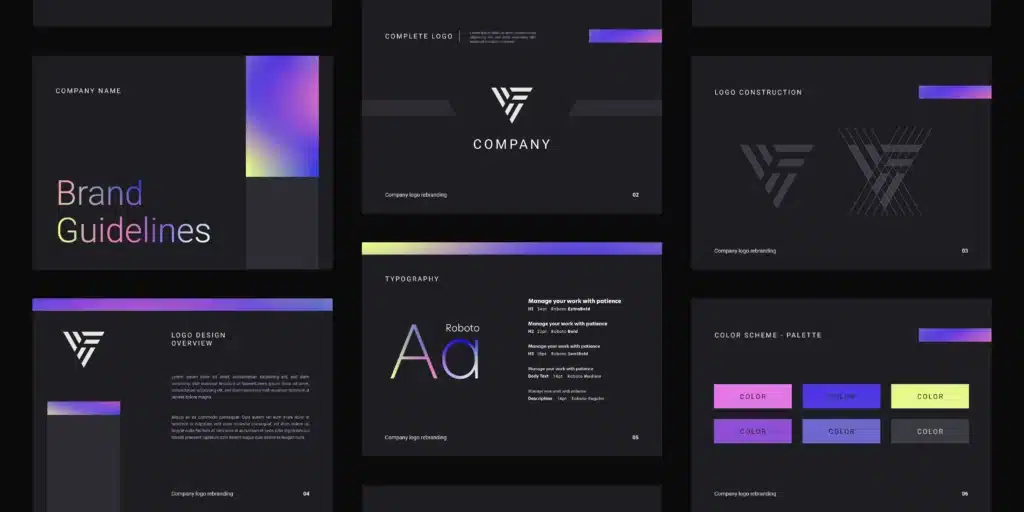Global Insights Hub
Stay informed with the latest updates and diverse perspectives.
Type Right: Crafting Web Typography That Speaks
Unlock the secrets of web typography! Discover tips to craft fonts that captivate and communicate your message effectively.
The Art of Readability: How to Choose the Right Fonts for Your Website
Choosing the right fonts for your website is crucial for achieving optimal readability. The typeface you select can significantly impact how your audience interacts with your content. When considering fonts, prioritize those that enhance clarity and flow. For example, sans-serif fonts like Arial and Helvetica are often recommended for online text due to their clean lines and modern appearance. On the other hand, serif fonts like Times New Roman can add a touch of elegance but may be more challenging to read on digital screens. Aim for a font size of at least 16 pixels to ensure comfort in reading, and always ensure there is sufficient contrast between the text and background colors.
Additionally, consider the tone and branding of your website when selecting fonts. A professional website may benefit from traditional fonts, while a creative portfolio could leverage artistic types. It's also wise to limit the number of different fonts used to maintain visual coherence—two to three complementary fonts usually suffice. Finally, always test your font choices on various devices and screen sizes to ensure consistent readability. By thoughtfully selecting fonts that resonate with your audience and purpose, you can enhance the overall user experience and effectively convey your message.

How Typography Affects User Experience: Tips for Effective Web Design
Typography plays a crucial role in shaping user experience on the web. It not only influences the readability of your content but also impacts the overall aesthetic of your website. A well-chosen font can convey your brand's personality and evoke emotions in your audience. For instance, using serif fonts can create a sense of tradition and reliability, while sans-serif fonts often suggest modernity and simplicity. To ensure an effective web design, consider the following tips:
- Choose readable fonts that are easy on the eyes across various devices.
- Limit the number of different fonts to maintain visual harmony.
- Pay attention to font size and line spacing; proper spacing enhances readability significantly.
- Use contrasting colors between text and background to improve visibility.
By understanding how typography affects user experience, you can create designs that not only engage the audience but also encourage them to stay longer on your site.
Mastering Web Typography: Essential Principles for Engaging Text
Mastering Web Typography is fundamental in creating visually appealing and user-friendly content. The key principles revolve around legibility and readability. To achieve this, it’s essential to select the right fonts and font sizes that enhance the overall user experience. A good practice is to use a max of three font types per design, ensuring a cohesive look. Additionally, line spacing and letter spacing play a crucial role; for instance, a line height of 1.5 can significantly improve readability on screens.
Another important aspect of web typography is color contrast. Ensure that the text is easy to read against the background by adhering to WCAG guidelines. Using hierarchy in your typography choices—like headings, subheadings, and body text—helps guide the reader through your content seamlessly. For example, using bold typefaces for headings and a lighter style for body text can create an engaging visual workflow. Ultimately, mastering these essential principles will not only improve the aesthetic of your site but also enhance the user's overall reading experience.